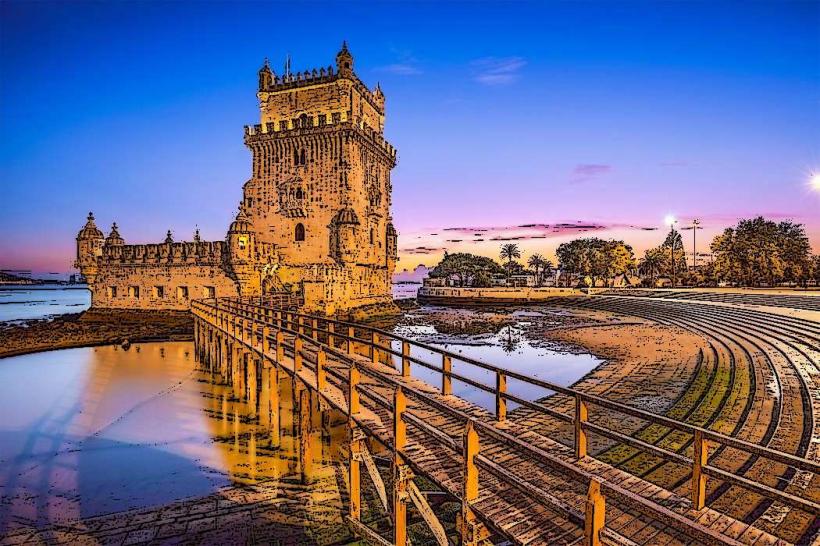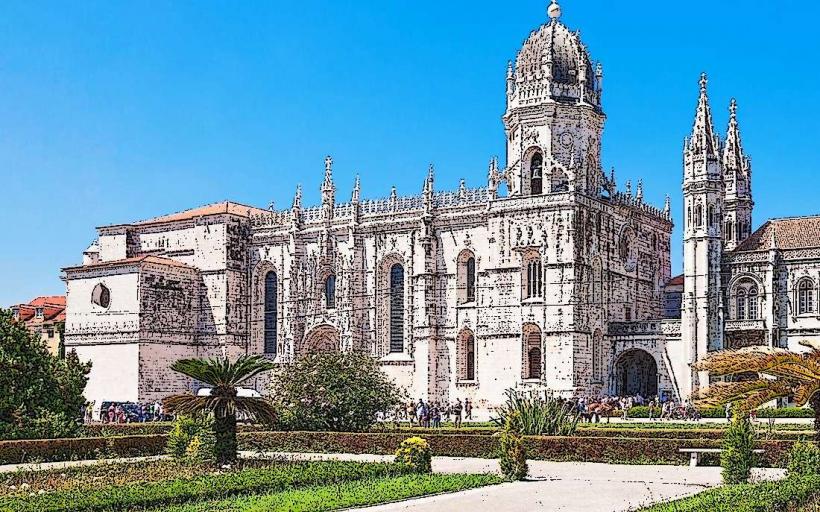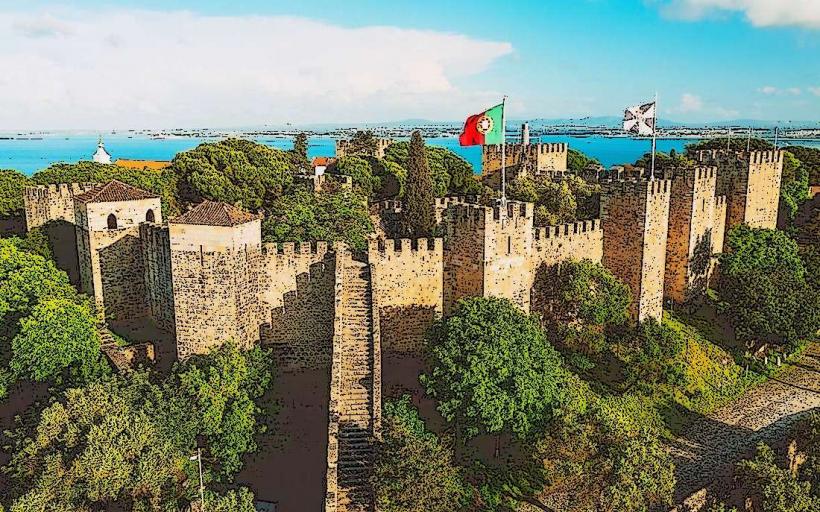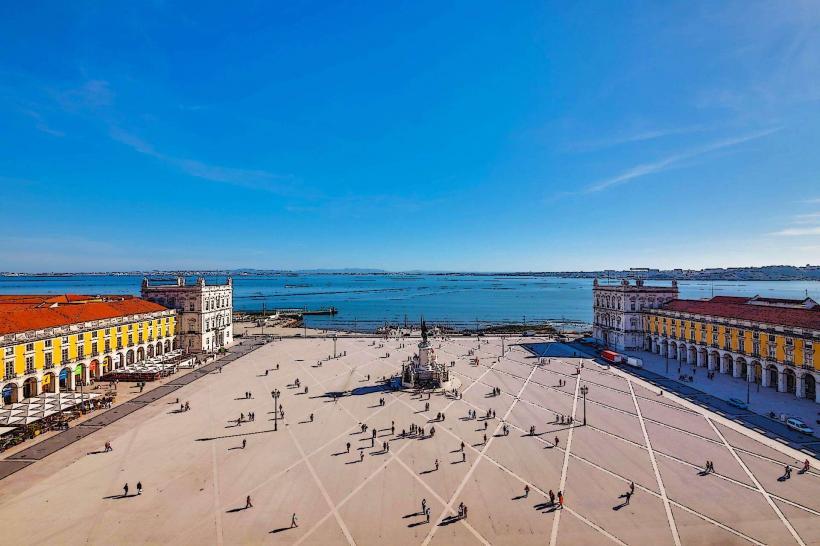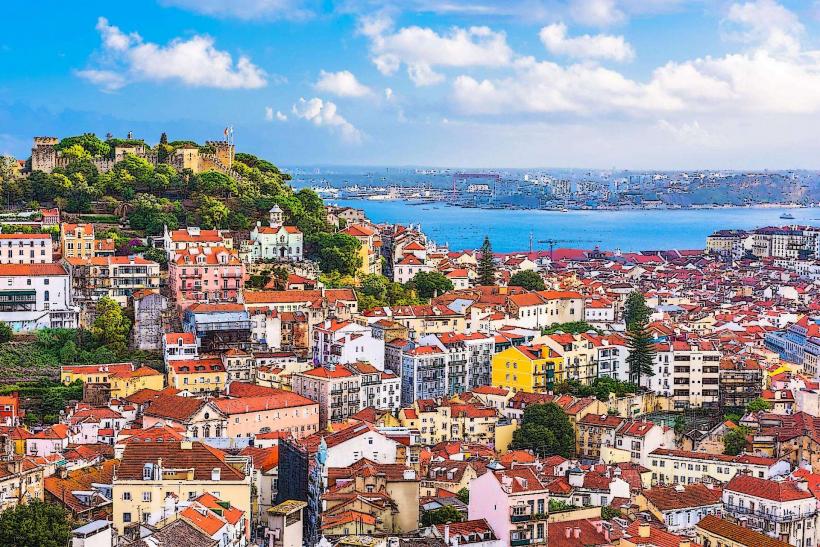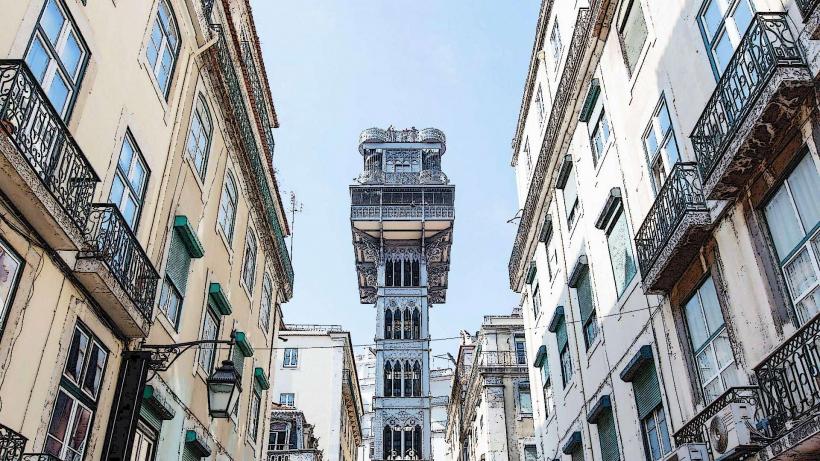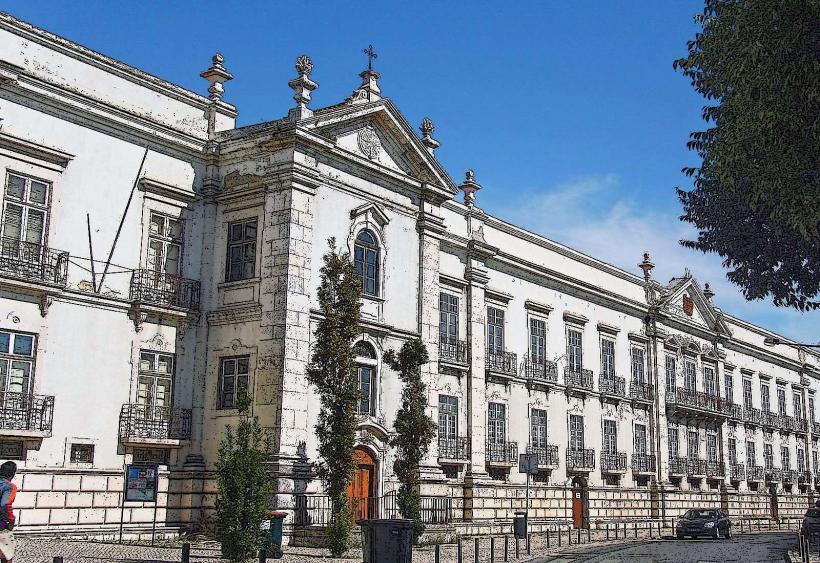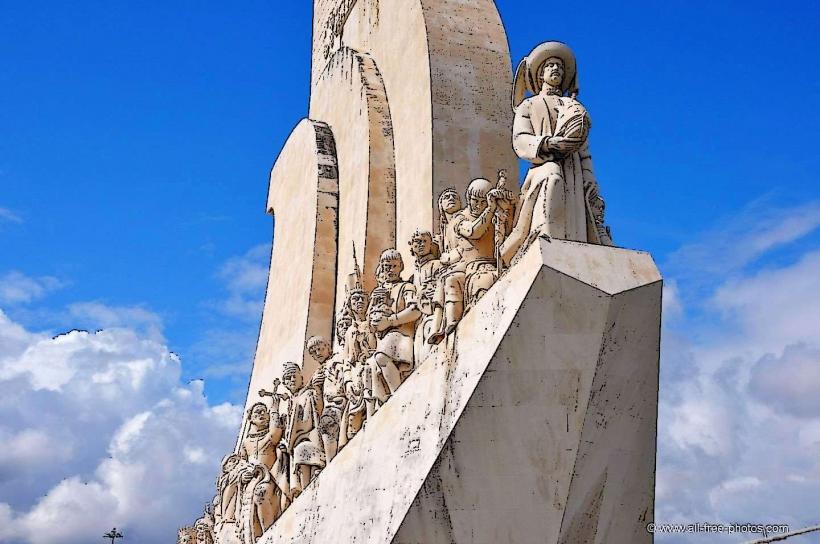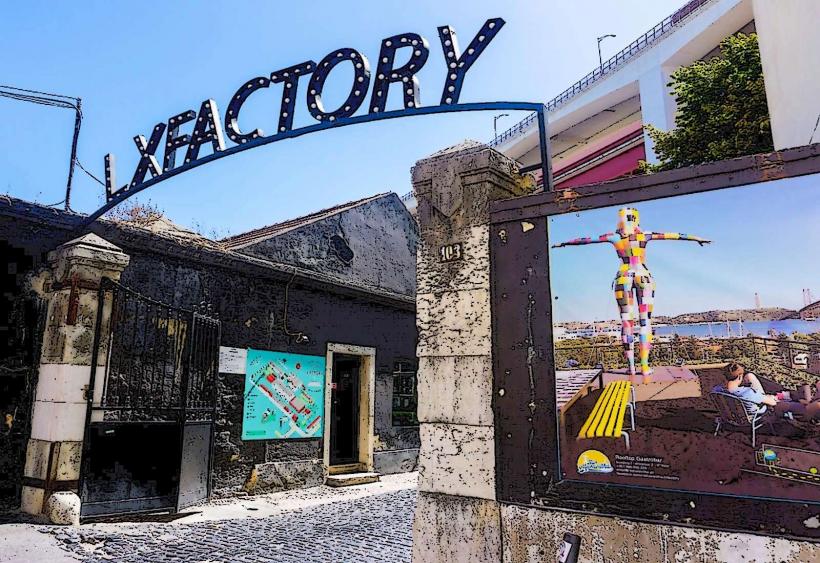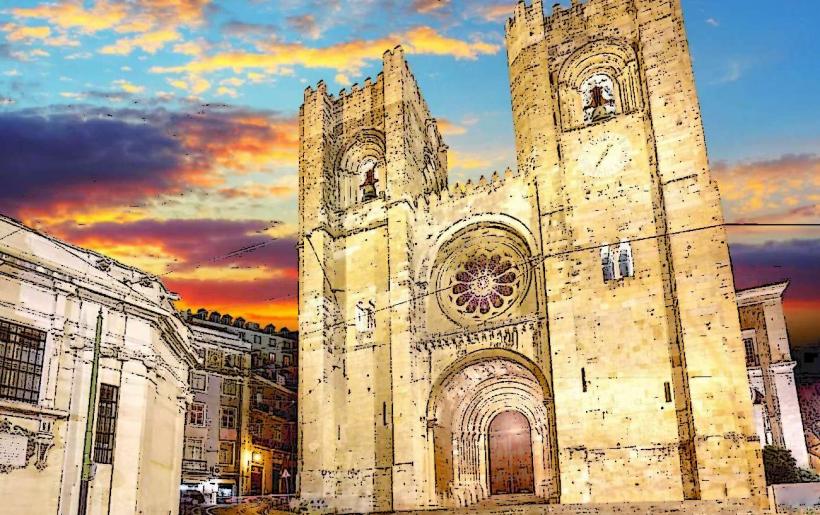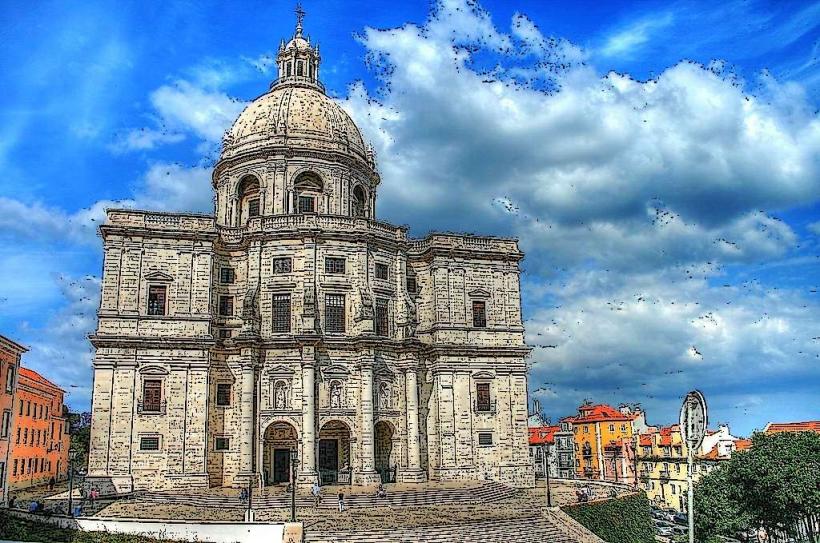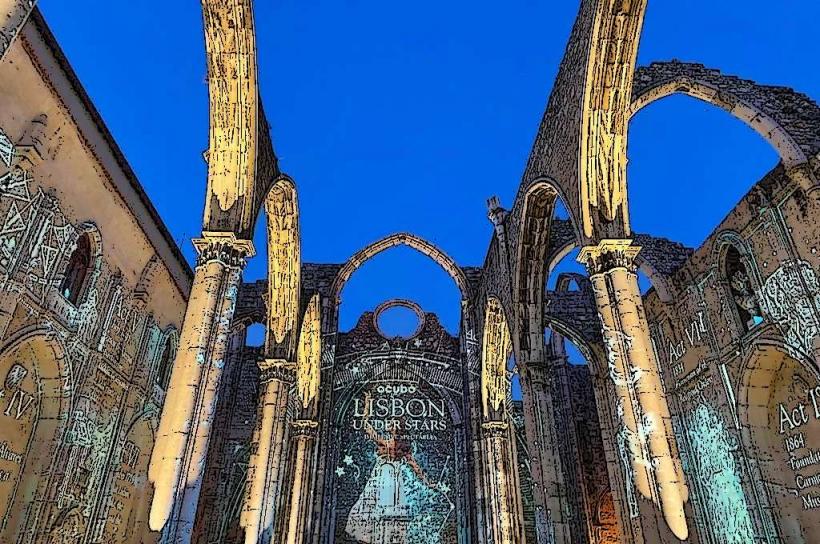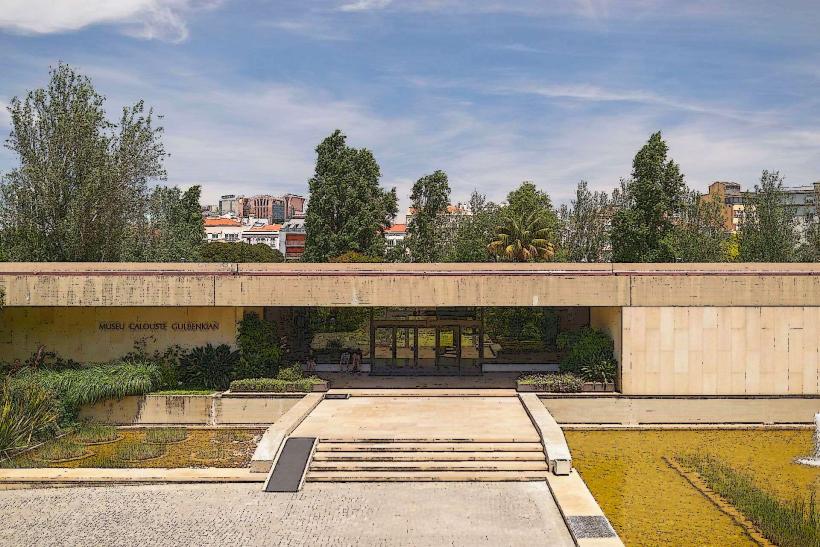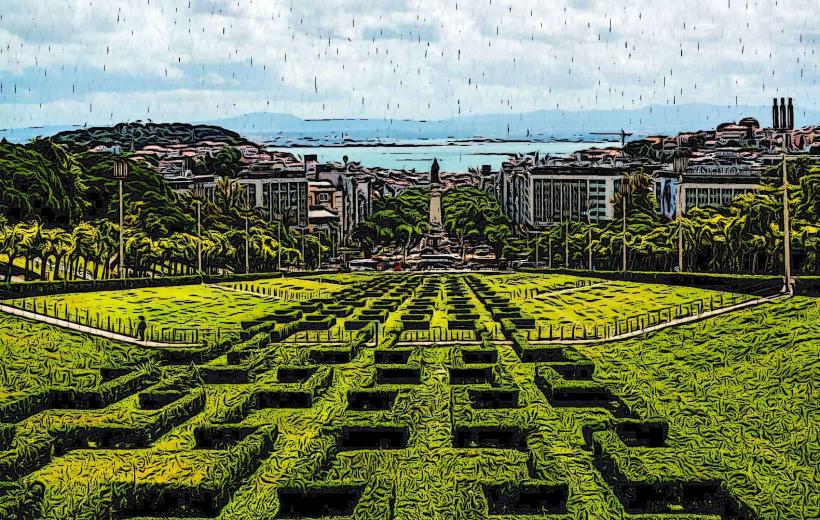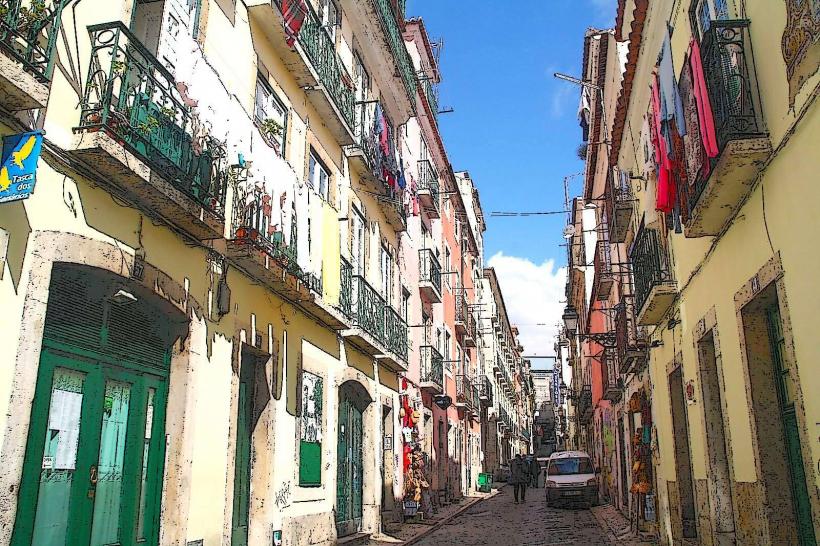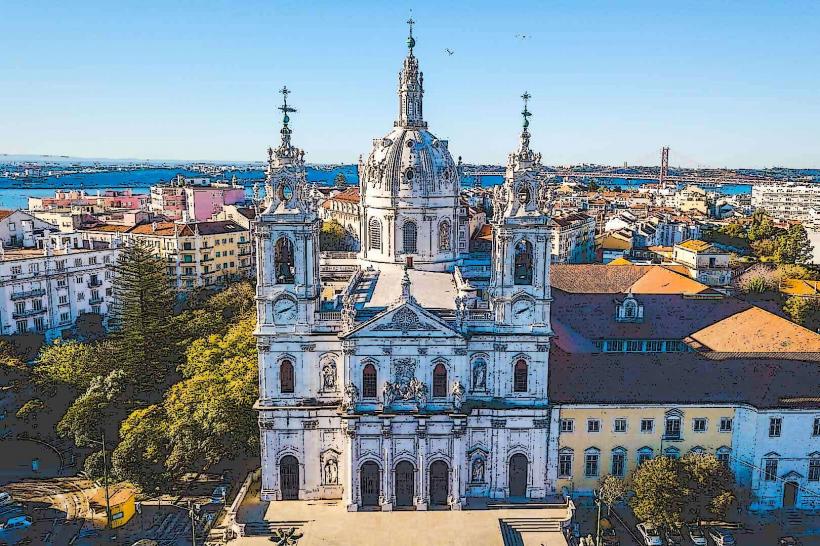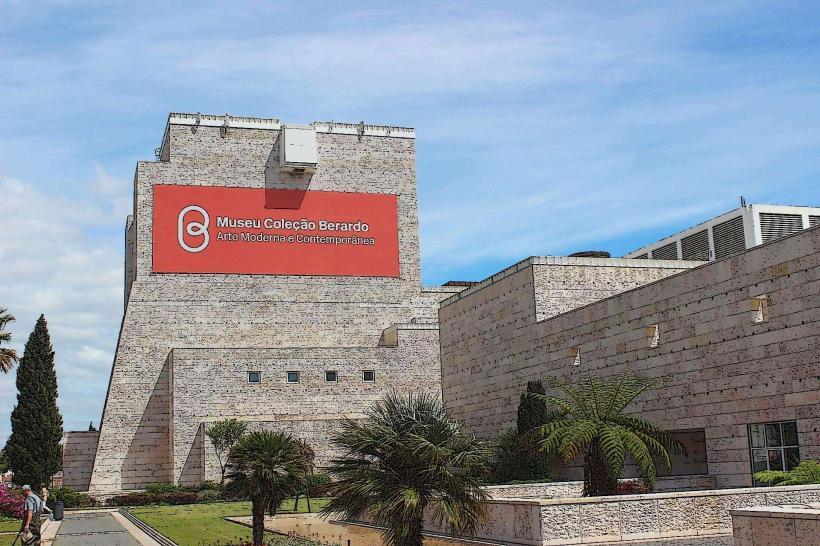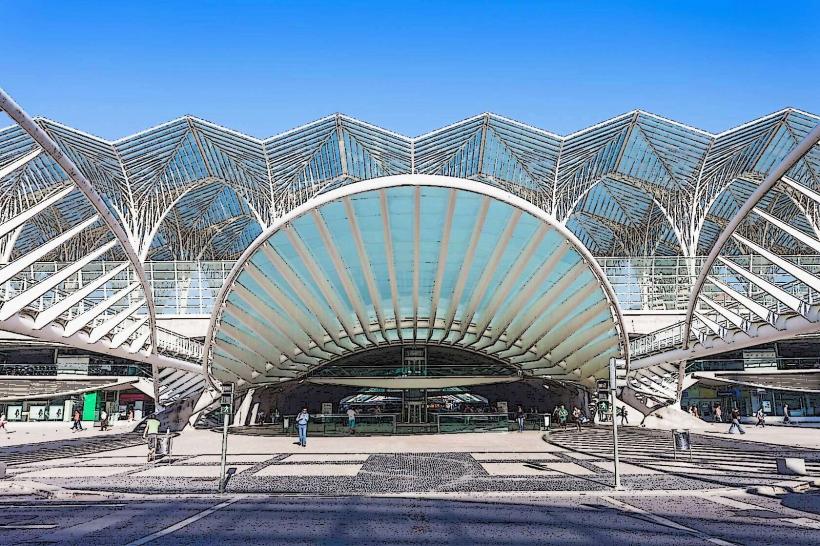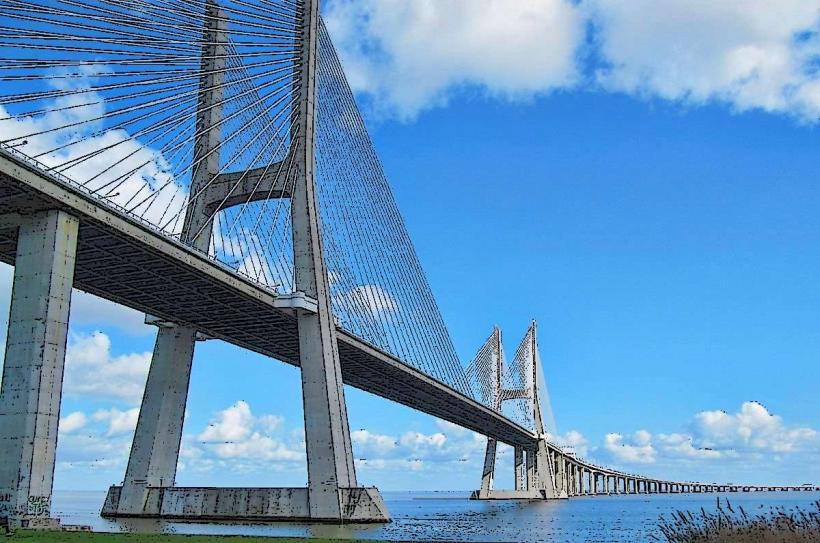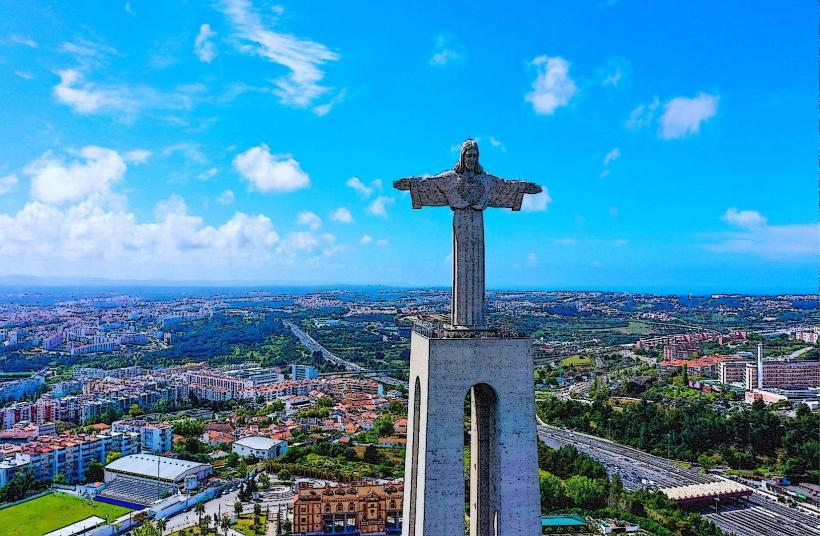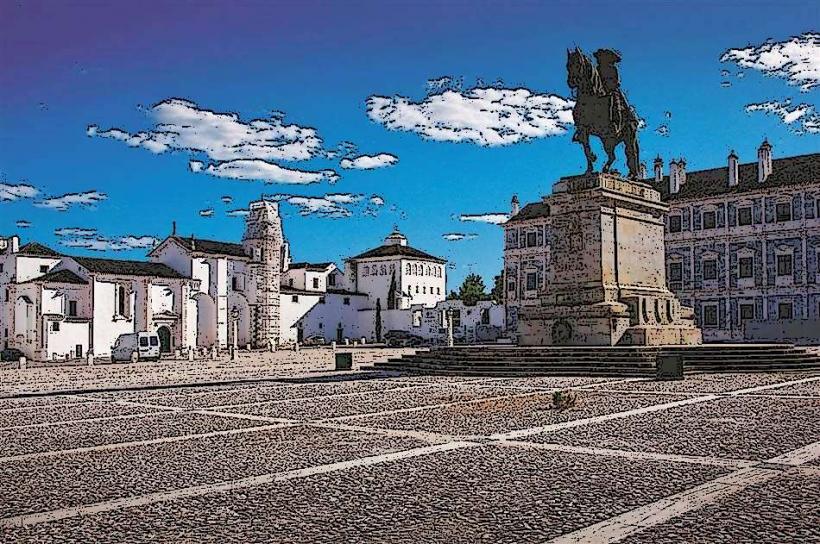Information
City: LisbonCountry: Portugal
Continent: Europe
Lisbon, the capital of Portugal, is a vibrant and cosmopolitan city that effortlessly blends traditional charm with modern flair. Situated on the western coast of the Iberian Peninsula, Lisbon is one of the oldest cities in Europe, with a rich history shaped by various cultures, including Roman, Moorish, and European influences. Known for its picturesque hills, cobbled streets, iconic yellow trams, and historical landmarks, Lisbon offers visitors a wealth of experiences from stunning architecture to a lively cultural scene.
1. History and Significance
- Ancient Roots: Lisbon’s history stretches back over 2,000 years, making it one of the oldest cities in Europe, older than both Rome and London. It was founded by the Phoenicians and later became a major center for trade under the Romans. The city also flourished under Moorish rule in the 8th century.
- Age of Exploration: Lisbon played a central role during the Age of Exploration in the 15th and 16th centuries, when Portuguese explorers like Vasco da Gama and Ferdinand Magellan set sail from its shores to discover new trade routes and territories. This period brought wealth to the city, which is reflected in its grand architecture and monuments.
- Modern Era: Lisbon underwent a period of modernization and development in the 19th and 20th centuries, particularly after the establishment of the Republic in 1910 and the subsequent revolution in 1974 that ended the authoritarian Estado Novo regime. Today, Lisbon is a thriving political, economic, and cultural hub in Europe.
2. Geography and Landscape
- Seven Hills: Lisbon is known for its hilly terrain, offering breathtaking panoramic views of the city, the Tagus River, and the Atlantic Ocean. The city is famously built on seven hills, which contribute to its scenic beauty but also mean plenty of steep climbs and winding streets.
- Tagus River: The city is set along the banks of the Tagus River, Europe’s longest river that flows into the Atlantic Ocean. The river has played an essential role in Lisbon’s history, serving as the launch point for maritime explorations.
- Neighborhoods: Lisbon is made up of several distinctive neighborhoods, each with its own character:
- Baixa: The downtown area, known for its grand squares, wide boulevards, and neoclassical buildings.
- Alfama: The oldest district in Lisbon, filled with narrow alleys, historic buildings, and a bohemian atmosphere.
- Bairro Alto: A lively, nightlife-focused area known for its bars, restaurants, and Fado music.
- Belém: A historic riverside district home to some of Lisbon’s most iconic monuments and museums.
- Parque das Nações: A modern district that developed for the 1998 World Expo, with contemporary architecture and green spaces.
3. Notable Landmarks and Attractions
Lisbon is home to numerous historic sites, stunning viewpoints, and cultural landmarks:
Belém Tower (Torre de Belém):
- Architectural Gem: Built in the early 16th century, the Belém Tower is one of Lisbon’s most iconic monuments. Originally constructed as a defensive fortress at the entrance of the Tagus River, it has since become a symbol of Portugal’s maritime heritage.
- UNESCO World Heritage Site: The tower is part of the Belém Cultural Landscape, a UNESCO World Heritage Site, and features a distinctive Manueline style with intricate carvings and maritime motifs.
Jerónimos Monastery (Mosteiro dos Jerónimos):
- Historical Significance: A UNESCO World Heritage Site, this stunning monastery was built in the late 15th century to commemorate Vasco da Gama’s successful voyage to India. It is a prime example of Manueline architecture and houses the tombs of notable figures, including Vasco da Gama and Luis de Camões.
- Architectural Beauty: The monastery is renowned for its ornate carvings, including maritime symbols like ropes, anchors, and shells.
São Jorge Castle (Castelo de São Jorge):
- Medieval Fortress: This castle, perched atop one of Lisbon’s seven hills, offers panoramic views of the city and the river below. It dates back to the 11th century and was originally built by the Moors as a defensive stronghold. Today, it’s a popular tourist attraction with beautiful gardens, archaeological sites, and exhibitions on Lisbon’s history.
- Historical Role: The castle played an important role in the defense of Lisbon during the Middle Ages and served as the royal residence until the 16th century.
Alfama District:
- Charming Old Quarter: The Alfama neighborhood is Lisbon’s oldest district, with narrow, winding streets, colorful houses, and a maze of alleyways that lead up the hill to the São Jorge Castle. It’s the heart of Fado music, and visitors can find plenty of restaurants where they can enjoy traditional performances.
- Authentic Experience: Alfama offers a glimpse into the traditional Lisbon life, with its intimate cafés, local markets, and old-world charm.
The LX Factory:
- Cultural Hub: Located along the riverfront, the LX Factory is a vibrant, creative space that was once an industrial complex. Today, it hosts a variety of shops, restaurants, galleries, and event spaces. It’s a great place for contemporary art, design, and unique dining experiences.
- Street Art and Events: The area is also known for its street art and regularly hosts cultural events, including markets, live music, and food festivals.
Oceanário de Lisboa (Lisbon Oceanarium):
- World-Class Aquarium: One of the largest indoor aquariums in Europe, the Lisbon Oceanarium is located in the Parque das Nações district and is home to a wide variety of marine life from around the world, including sharks, rays, and penguins. It’s a great place for families and anyone interested in marine conservation.
Praça do Comércio (Commerce Square):
- Grand Square: One of the most famous squares in Lisbon, Praça do Comércio is an open space along the riverfront. It was once the site of the royal palace and now serves as a symbol of Portugal’s political and economic history.
- Statue of King José I: At the center of the square stands an equestrian statue of King José I, and the square is surrounded by classical buildings, restaurants, and cafes, making it a popular gathering place.
Elevador de Santa Justa:
- Historic Lift: The Santa Justa Elevator is a 19th-century iron lift that connects the Baixa district with the higher Chiado area. The elevator offers incredible views of the city and is a charming piece of industrial architecture.
The Calouste Gulbenkian Museum:
- Art and Culture: This museum houses one of the finest private collections of European and Eastern art, with works by Rembrandt, Van Dyck, and Monet, as well as Egyptian and Islamic artifacts. It’s a must-visit for art enthusiasts.
4. Culture and Traditions
- Fado Music: Fado is Lisbon’s iconic music genre, known for its melancholy and soulful tone. Traditionally performed with a singer accompanied by the Portuguese guitar, Fado expresses themes of longing, loss, and nostalgia. It is most commonly heard in the Alfama and Bairro Alto districts.
- Traditional Festivals: Lisbon celebrates various festivals throughout the year, including the Festa de Santo António (Saint Anthony's Festival) in June, which is famous for street parties, parades, and grilled sardines. Lisbon's New Year’s Eve celebrations are also spectacular, featuring fireworks and live music along the riverfront.
- Cuisine: Lisbon's cuisine features a mix of traditional Portuguese dishes, seafood, and pastries:
- Bacalhau: Salted cod, prepared in numerous ways, is a staple in Portuguese cuisine.
- Pastéis de Nata: Lisbon is famous for its custard tarts, and Pastéis de Belém is the most renowned bakery for these delicious pastries.
- Grilled Sardines: A summer favorite, particularly during the Festa de Santo António.
5. Transportation
- Metro: Lisbon has an efficient metro system that connects the city’s main districts, including stops near popular attractions like Belém, the airport, and the riverfront.
- Trams: The yellow trams are an iconic symbol of Lisbon, particularly the famous Tram 28, which winds its way through the city’s historic districts, offering a scenic tour of Lisbon’s most charming neighborhoods.
- Walking: Lisbon is a very walkable city, though be prepared for its hills and cobbled streets. The public transportation system also includes buses and funiculars to help navigate the steeper areas.
- Taxis and Ride-Sharing: Taxis and ride-sharing services like Uber are widely available for getting around the city.
6. Tourist Activities
- Walking Tours: Guided walking tours through Lisbon’s historical districts, including Alfama and Baixa, are an excellent way to learn about the city’s rich heritage and hidden gems.
- River Cruises: Take a cruise along the Tagus River to see Lisbon from the water, passing under the famous 25 de Abril Bridge and admiring the picturesque cityscape.
- Day Trips: Lisbon’s location makes it easy to visit nearby attractions such as Sintra, with its fairy-tale castles, and the beaches of Cascais.
Summary
Lisbon is a dynamic, vibrant city that captures the essence of Portugal's history, culture, and modern life. From its iconic landmarks like the Belém Tower to the bohemian charm of Alfama, the city offers something for everyone. Whether you’re exploring its historical neighborhoods, enjoying traditional Fado music, or savoring Pastéis de Nata, Lisbon is a city that captivates the imagination and welcomes visitors with open arms.

